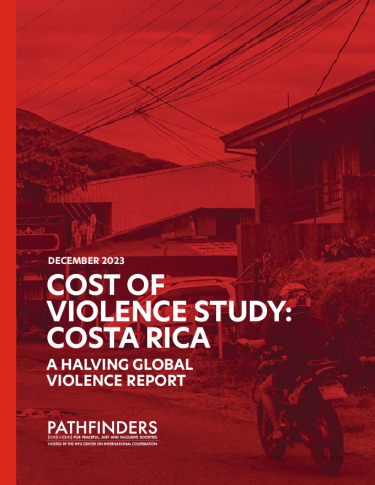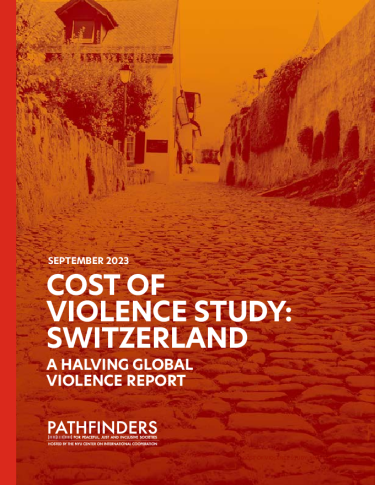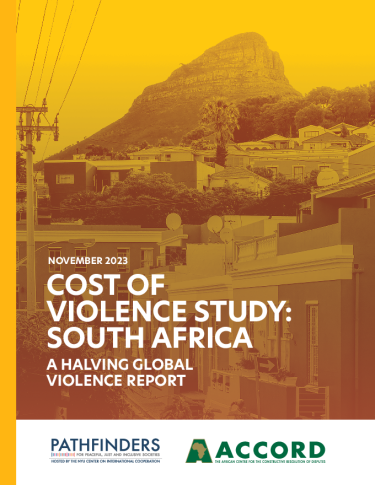Costa Rica faces an unprecedented challenge in the form of escalating violence concentrated within specific regions of the country.
This report delves into the country’s administrative divisions, shedding light on its eighty-two cantons, where critical security data is localized. Recent statistics up to September 2023 underline a concerning situation. While violence in Costa Rica remains lower than the regional average for Latin America, it is the country in the region where violence has grown the most since 1995.
Specific recommendations are delineated to counter these challenges Costa Rica faces.
- First, a thorough reevaluation and update of previous social programs is imperative. This evaluation should delve deep into identifying flaws in the existing programs. Such scrutiny enables timely corrections and reveals valuable lessons to be gleaned from previous work.
- Second, a regional focus for targeted interventions is proposed. By channeling efforts into the six cantons witnessing the steepest rise in homicides, particularly those strategically located along coasts and borders, Costa Rica can address the problems at their source. These areas often serve as primary entry points for drug trafficking, requiring concentrated and specialized interventions.
- Finally, an integrated strategy involving local, national, and international stakeholders is emphasized. Present programs often lack alignment and coordination to address recent violence patterns, emphasizing the need for cohesive collaboration.
This strategy should foster a cooperative spirit between local governments, ensuring harmonized and effective efforts. These joint initiatives can significantly curb violence in specific cantons by integrating local insights with national expertise.


